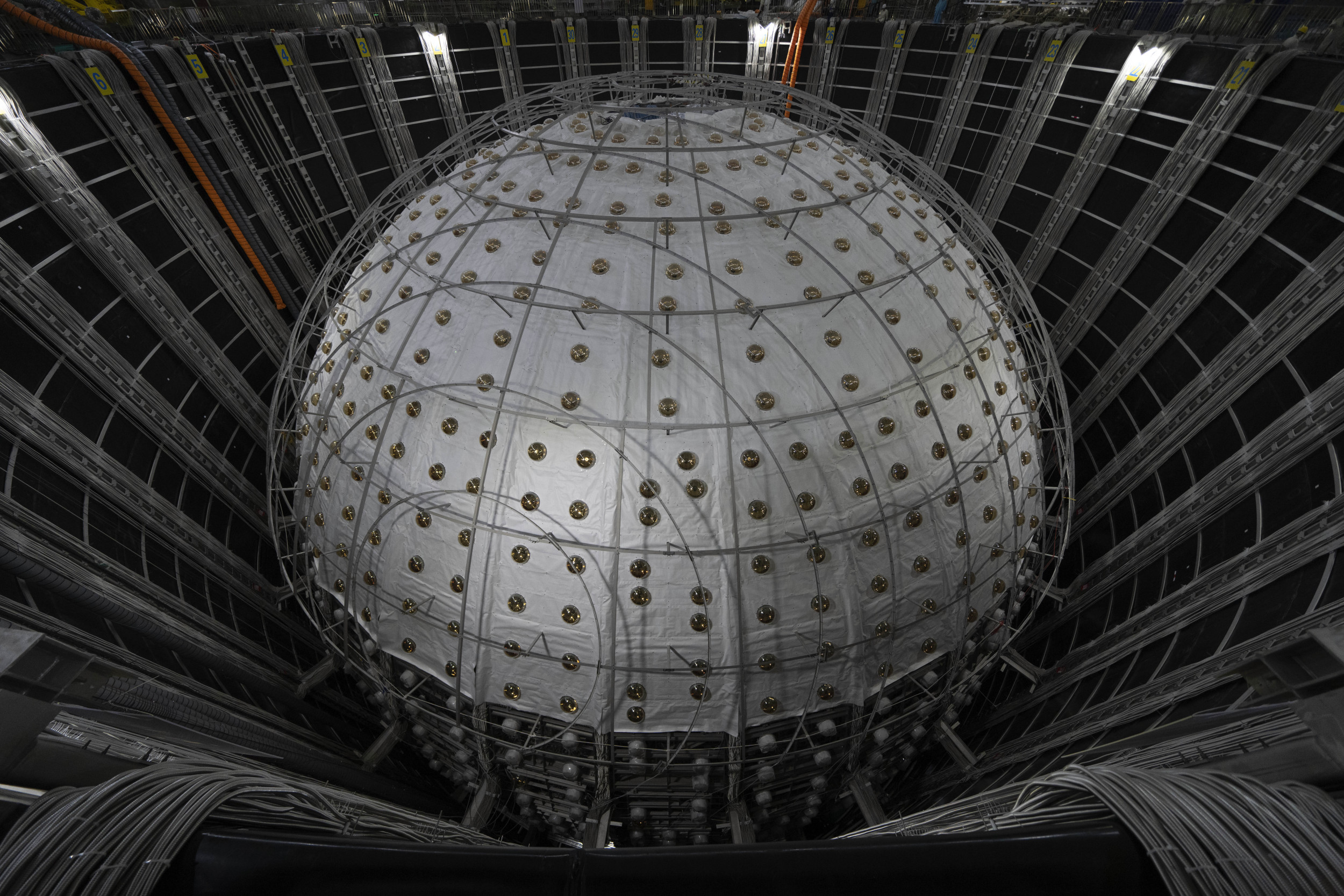What's New
Some warships assigned to a French naval strike group, led by the country's nuclear-powered aircraft carrier, are scheduled to visit Japan in Northeast Asia next year during a Western Pacific Ocean deployment, a commander of the NATO member state said on Tuesday.
Newsweek has reached out to the Chinese Defense Ministry for comment by email.
Why It Matters
The deployment of the aircraft carrier Charles de Gaulle comes as China, which has the largest navy in the world, continues to challenge U.S. naval dominance in the Western Pacific Ocean, where America's carriers are frequently deployed.
China has the second-largest fleet of aircraft carriers in the Indo-Pacific region, with three ships launched, including two that are in service. The U.S. fleet ranks first and has six West Coast-based carriers.
The Charles de Gaulle will be the first French aircraft carrier to be deployed to the Pacific since 1968, when the conventionally powered aircraft carrier Clemenceau was sent to the South Pacific for nuclear tests, according to the specialist outlet Naval News.
A U.S. aircraft carrier, the USS George Washington, is stationed in Japan.

What To Know
On November 28, the carrier strike group departed from Toulon, a port on the French Mediterranean coast, for a five-month mission. The group includes nuclear-powered submarines, frigates, supply ships and carrier-based fighter jets.
The planned port call at Okinawa, which is part of the Japanese southwestern islands, between February and March next year was announced by Rear Admiral Guillaume Pinget during a press conference in Japan's capital city of Tokyo. Pinget is the commander of the French armed forces in the Pacific Ocean.
The Charles de Gaulle will not dock in Japan, Pinget said. The reason may be related to the "very complicated" docking procedures for nuclear-powered ships in Japan, the Kyodo News Agency reported.
Three objectives for this French naval deployment mission are related to the Indo-Pacific region, including developing training with allies and partners, promoting a free, open, stable and law-abiding region, and protecting France's interests, Naval News reported.
Before reaching the Pacific Ocean for joint exercises with the U.S., Japan, Australia and Canada, the French carrier strike group will operate in the Mediterranean and the Red Sea. It has planned to conduct joint drills with countries in the Indian Ocean region.
Last month, the Chinese state-run newspaper Global Times claimed that, citing a military expert in the country, the French aircraft carrier's Indo-Pacific deployment is an attempt to "pander to NATO's expansion" into the region, threatening regional peace and stability.
What People Are Saying
Rear Admiral Guillaume Pinget, the French military commander in the Pacific Ocean, via Naval News: "I think that today there are a certain number of states that would be tempted to challenge the framework of international law in which we exist in order to promote an alternative international order."
Zhang Junshe, a Chinese military expert, told the Global Times: "Whether NATO countries are ramping up their military presence or performing frequent exercises in the Asia-Pacific region, such actions will undoubtedly fuel the militarization of the Asia-Pacific region, which will negatively affect the peace and stability that has been maintained in the region for decades."
What Happens Next
Besides the Japan-based George Washington, the U.S. has another aircraft carrier, the USS Carl Vinson, operating in the Western Pacific. It remains to be seen whether the French aircraft carrier will operate with American "flattops" in the region's contested waters.




















 English (US) ·
English (US) ·